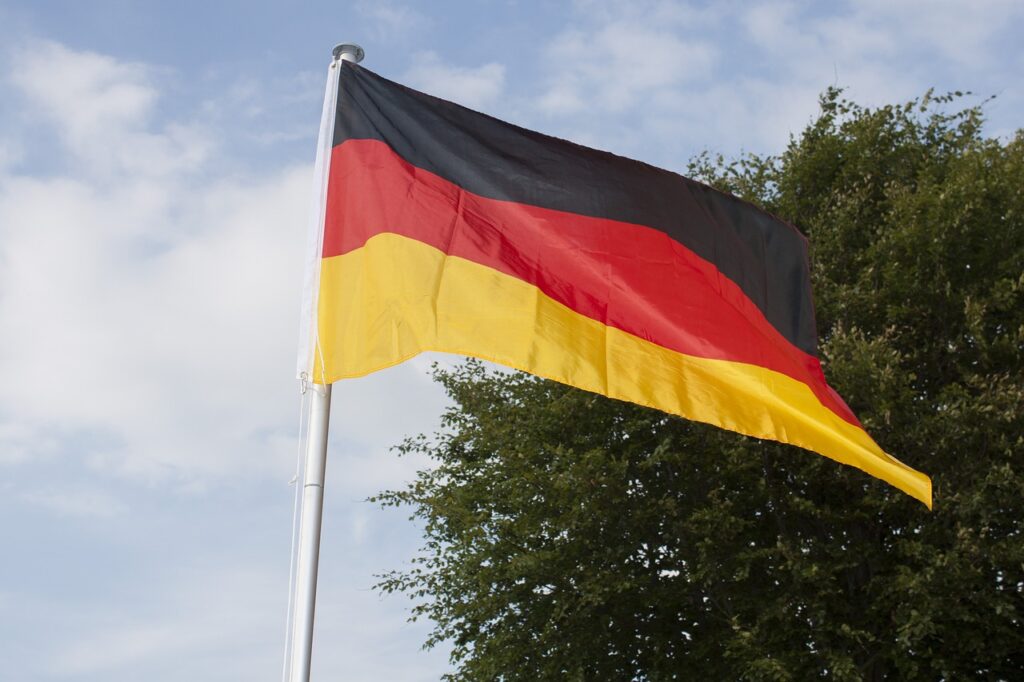German hydrogen production costs average €9-12 per kilogram for small-scale electrolysis operations, presenting economic challenges for municipal projects like Entega’s 3MW facility in Darmstadt that will produce 310 tonnes annually for local bus fleets. The project, scheduled to begin construction in October 2025 with operations starting in Q1 2027, represents the practical implementation of Germany’s €23 billion hydrogen strategy at the city scale, yet the economics require sustained subsidies through programs like DELTA to achieve viability against conventional diesel alternatives.
The Darmstadt facility’s integration with waste-to-energy infrastructure demonstrates municipal strategies to leverage existing assets for hydrogen production, though the 310-tonne annual capacity serves just 40 buses in a country where public transport operators manage approximately 34,000 buses nationwide. This scale mismatch highlights the gap between demonstration projects and system-wide transformation requirements for German transport decarbonization.
Technical Integration and Operational Framework
The waste-to-energy plant integration provides an electricity supply proximity that reduces transmission costs and grid connection complexity typical of standalone electrolysis operations. However, the intermittent nature of municipal waste processing creates operational challenges for consistent hydrogen production scheduling that may require grid electricity supplementation during low waste-to-energy output periods.
FEST GmbH’s contract scope includes electrolyzer installation, compression systems, and trailer filling stations, representing integrated supply chain coordination for municipal hydrogen production. The company’s specialization in hydrogen plant engineering provides technical expertise, yet small-scale projects like Darmstadt face higher unit costs compared to industrial-scale installations, where economies of scale improve economic performance.
The 3MW electrolysis capacity represents modest scale within Germany’s hydrogen development pipeline, where major projects target 100MW+ installations for industrial applications. This capacity differential creates different cost structures, operational requirements, and market dynamics that may not translate between municipal and industrial hydrogen deployment strategies.
Economic Structure and Subsidy Dependence
Germany allocated €4 billion in hydrogen subsidies during the first auction in 2024, with another €19 billion available in subsequent rounds, indicating a substantial government commitment to market development. The DELTA program’s support for Darmstadt reflects recognition that current hydrogen economics require sustained public funding to achieve deployment at a meaningful scale.
Municipal bus operations typically require fuel cost predictability that hydrogen pricing volatility may not provide without long-term contracts or price stabilization mechanisms. The claimed 4,000 tonnes annual CO2 reduction creates environmental benefits that carbon pricing may partially monetize, yet current carbon credit values remain insufficient to close hydrogen-diesel cost gaps without additional policy support.
Transport fuel mandates requiring 12% green hydrogen content by 2040 create policy-driven demand that may support municipal hydrogen investments through regulatory compliance rather than pure economic competitiveness. However, mandate implementation timelines exceed current project planning horizons, creating uncertainty about long-term market viability.
Municipal Energy Strategy and Grid Integration
Entega’s role as both waste-to-energy plant operator and regional energy provider creates vertical integration opportunities that may improve project economics through coordinated energy management. This structure enables optimization between electricity generation, hydrogen production, and grid services that independent operators cannot achieve.
The waste-to-energy facility’s baseload characteristics provide a consistent electricity supply for electrolysis operations, yet capacity factors depend on waste supply volumes and processing schedules that may not align with optimal hydrogen production patterns. Integration requires balancing waste processing priorities with hydrogen production optimization across varying operational conditions.
Municipal energy providers like Entega face portfolio considerations where hydrogen investments must compete with other decarbonization options, including battery electric buses, renewable electricity procurement, and energy efficiency programs. Resource allocation decisions require comparing hydrogen initiatives against alternative approaches for achieving climate objectives within municipal budgets.
Transport Decarbonization and Fleet Planning
Fuel cell buses offer one-for-one diesel replacement capabilities that battery electric alternatives may not provide for certain route profiles and operational requirements. The 40-bus capacity from Darmstadt’s facility represents meaningful fleet electrification for medium-sized transit systems while demonstrating hydrogen viability for specific applications.
93% of European public transport decision-makers express concerns about grid connection capacity for electric bus charging, creating potential advantages for hydrogen solutions that reduce peak electricity demand. However, hydrogen production still requires substantial electricity input, shifting rather than eliminating grid capacity requirements.
The trailer-based hydrogen distribution system enables supply to multiple transit operators within regional networks, potentially improving capacity utilization compared to dedicated single-fleet applications. This approach may support business case development while providing operational flexibility for evolving fleet requirements.
Policy Context and Market Development
Germany’s National Hydrogen Strategy emphasizes transport applications as near-term deployment opportunities where hydrogen can compete effectively against alternatives. Municipal projects like Darmstadt provide implementation experience and demonstration value that supports broader market development beyond immediate economic returns.
The DELTA real-world laboratory program reflects policy approaches that prioritize learning and capability development over pure commercial viability. These programs provide valuable operational data and technology validation that may inform future deployment strategies and cost reduction pathways.
Integration with waste-to-energy operations demonstrates circular economy principles where waste processing supports clean energy production for transport applications. This approach may provide additional policy support and stakeholder acceptance compared to standalone hydrogen facilities requiring dedicated renewable energy development.
Scaling Implications and Replication Potential
The Darmstadt model’s replication potential depends on waste-to-energy facility availability and municipal energy provider capabilities that may not exist in all German cities. Successful implementation requires specific institutional structures and technical capabilities that limit widespread adoption without additional infrastructure development.
Cost reduction pathways for municipal hydrogen depend on scaling effects, technology improvements, and operational optimization that individual projects cannot achieve independently. Coordinated deployment programs may provide economies of scale while maintaining local benefits of distributed production approaches.
The project’s 2025-2027 timeline aligns with broader German hydrogen infrastructure development that may provide supply chain maturation and cost reduction benefits. However, first-mover projects face higher costs and technical risks that later adopters may avoid through improved technology and operational approaches.
